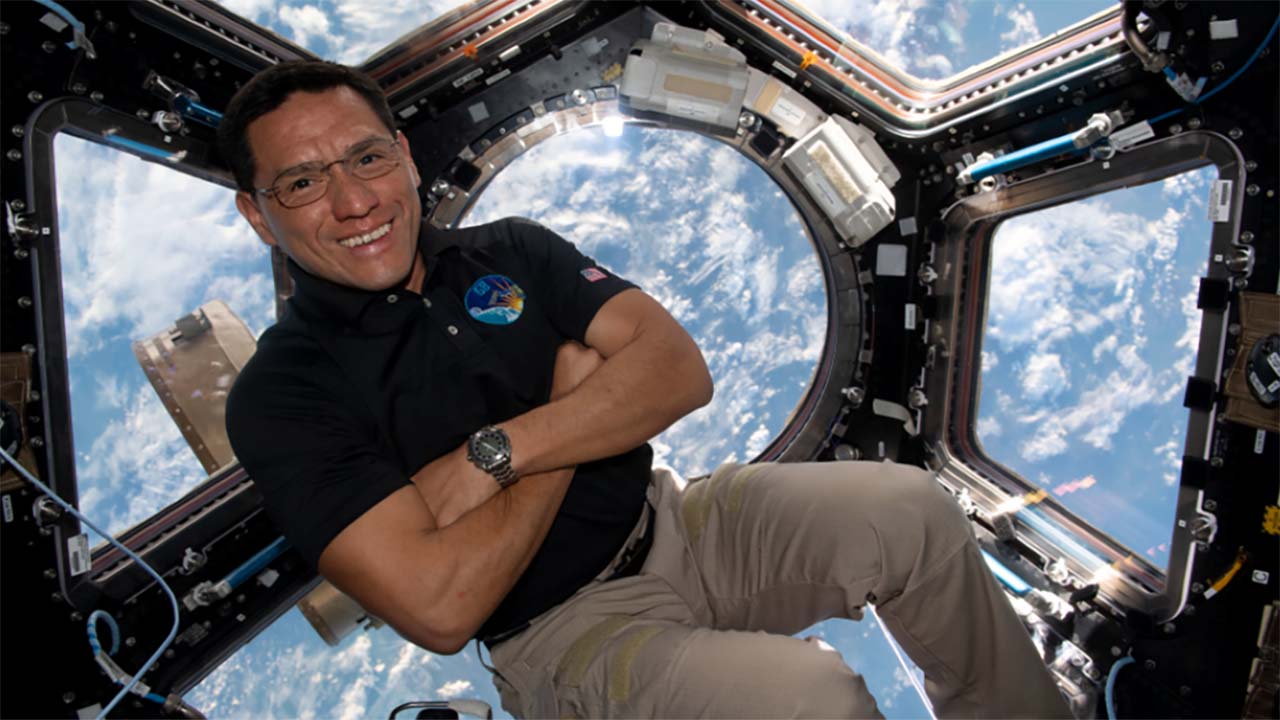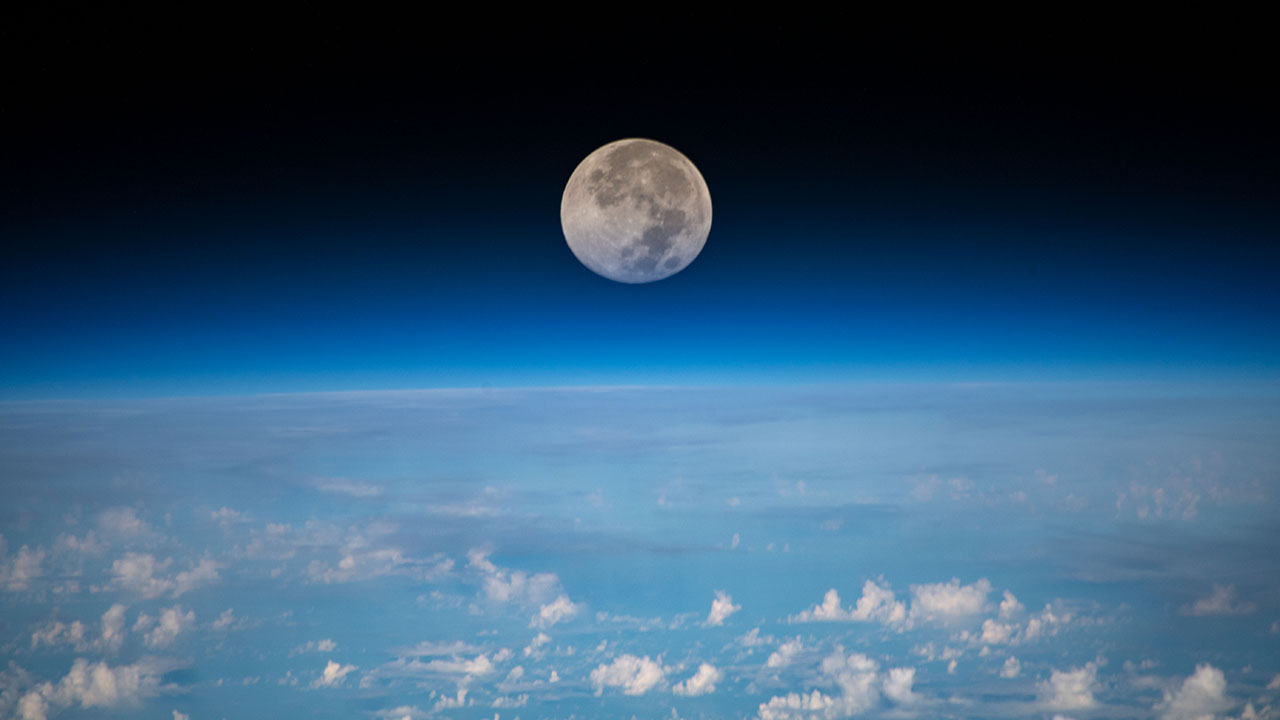Astronaut Frank Rubio returned to Earth on September 27, following a historic 371-day mission in space. During that time, he completed 5,963 orbits around the Earth and worked on hundreds of research investigations, many of which were sponsored by the ISS National Laboratory, that help improve the lives of people back on the ground.
Throughout his mission, Rubio says he had the privilege of working with 28 other astronauts and cosmonauts and had the chance to participate in countless research investigations.
“What we’re doing up here is really important science,” Rubio said during a broadcast from the space station prior to his departure. “There’s these amazing experiments that get sent up to the space station on behalf of teams from universities or research centers all around the world, and we get to perform those experiments for the scientists.”
Here’s a look back at some of the ISS National Lab-sponsored science Rubio worked on during his record-setting time in orbit.
It’s All About the Knee

Media Credit: Image courtesy of NASA
Our knees are able to move freely thanks to two pieces of protective cartilage called menisci. When the meniscus is injured, current treatments involve removing or repairing the torn tissue, which can lead to an increased risk of arthritis. However, scientists at are hoping that advances in bioprinting could one day provide a new treatment option for this common injury, and space-based research could help.
To help explore the benefits of bioprinting in space, researchers from Redwire Space turned to the microgravity environment of the ISS to 3D print human tissue that could one day be used in transplants, improving treatment options. Rubio and his crew mates worked on the project, which successfully 3D printed a human meniscus in orbit.
Genes in Space

NASA astronaut Frank Rubio holds the Genes in Space miniPCR machine, which is used in many student investigations.
Media Credit: Image courtesy of NASA
Rubio also worked a student research experiment as part of the Genes in Space™ student research program. Through an annual competition, students in grades 7-12 can propose innovative biotechnology experiments that leverage the space environment.
The most recent project, by Pristine Onuoha, a student from East Chapel Hill High School, tested a method to measure telomere lengthening in space. Telomeres are sections of DNA that protect chromosomes from damage. Results from research on telomere lengthening could aid in the development of future therapeutics to combat the aging process in people on Earth or those living in space.
Graphene Aerogel

Frank rubio works in the microgravity science glovebox on an investigation to synthesize graphene aerogel in space.
Media Credit: Image courtesy of NASA
The microgravity environment of the space station provides a unique platform for fundamental science. An investigation from researchers at Stanford and the University of California, Berkeley could yield higher-quality graphene aerogels than can be produced on Earth. This lightweight material is both thermally and electrically conductive, which makes it a valuable material for a wide array of applications, including batteries and advanced space suits.
Rubio assisted researchers with the synthesis of small samples of graphene aerogel in space. Those samples were returned to Earth for analysis. If successful, this project could help lead to superior products using graphene aerogel.
Stem Cells in Space

NASA astronaut Frank Rubio services stem cell samples for the StemCellEX-H Pathfinder study.
Media Credit: Image courtesy of NASA
Another investigation Rubio worked on was part of an effort to improve treatments for individuals affected by blood diseases such as leukemia or cancer. The experiment, designed by researchers from Sierra Space and BioServe Technologies, focused on expanding hematopoietic stem cells (stem cells that develop into blood cells) derived from umbilical cord blood in microgravity.
The research team aims to determine if mass-producing multipotent hematopoietic stem cells in space could allow more patients on Earth to receive cord blood stem cell transplants.
Biomanufacturing in Space

Frank Rubio holds samples from the Rhodium Scientific Bioprospecting investigation.
Media Credit: Image courtesy of NASA
Researchers from Rhodium Scientific and the University of Florida sent a project to the space station that investigated how effective microbes are at making useful products in space. Bacteria and yeast may get a bad rap, but they can be used to produce things like therapeutics and nutrients.
Microgravity induces changes in microorganisms that could alter their production abilities and lead to superior products. Results from this investigation could help advance in-space biomanufacturing capabilities.







